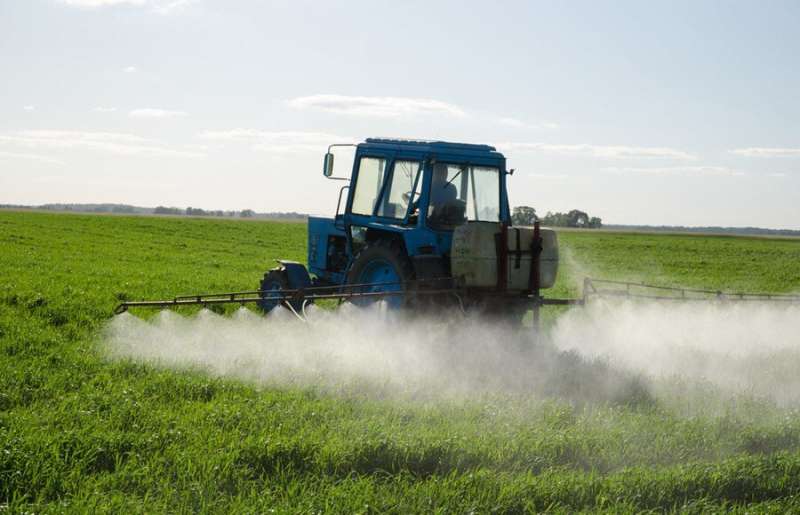Contamination risk of groundwater in karst regions is higher than previously believed

The entire ecosystem of the planet, including humans, depends on clean water. When carbonate rock weathers, karst areas are formed, from which around a quarter of the world's population obtains its drinking water. Scientists have been studying how quickly pollutants can reach groundwater supplies in karst areas and how this could affect the quality of drinking water. An international team led by Junior Professor Dr. Andreas Hartmann of the Chair of Hydrological Modeling and Water Resources at the University of Freiburg compared the time it takes water to seep down from the surface to the subsurface with the time it takes for pollutants to decompose in carbonate rock regions in Europe, North Africa and the Middle East. The researchers published their results in the scientific journal Proceedings of the National Academy of Sciences (PNAS).
Previous continental or global hydrologic model applications have focused mainly on the occurrence of floods or droughts and the general availability of drinking water. However, scientists have predominantly neglected water quality as an important factor for the potability of water on these large scales, in particular how quickly pollutants can seep from the earth's surface into the groundwater through cracks or fissures.
The current research results of Hartmann and his team show that in karst regions, which are characterized by an increased occurrence of cracks or fissures, the risk of pollution by degradable pollutants such as pesticides, pharmaceuticals or pathogens is significantly higher than previously expected. Although pollutants are considered short-lived, up to 50% of them can still reach groundwater, depending on the period of their decomposition. The main reason for this, the researchers show, is rapid seepage pathways that allow large amounts of infiltrating water to reach groundwater in a short time. Particularly in regions with thin soils, such as the Mediterranean region, pollutants on the surface can thus seep quickly and in high concentrations into the subsurface during large rain events. Hartmann's researchers demonstrated the consequences using the example of the degradable pesticide Glyphosate. According to their calculations, the rapid transport of Glyphosate into the groundwater can cause it to exceed its permissive values by a factor of up to 19. The increased risk of pollution for drinking water or ecosystems that depend on groundwater is particularly relevant for regions where agriculture depends on degradable fertilizers and pesticides.
More information: Andreas Hartmann et al. Risk of groundwater contamination widely underestimated because of fast flow into aquifers, Proceedings of the National Academy of Sciences (2021). DOI: 10.1073/pnas.2024492118
Journal information: Proceedings of the National Academy of Sciences
Provided by Albert Ludwigs University of Freiburg





















